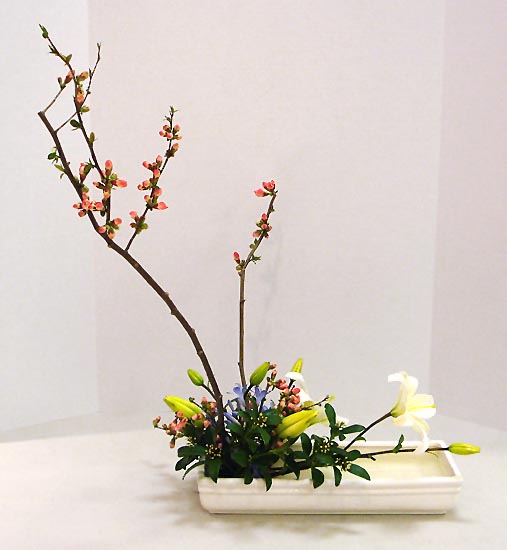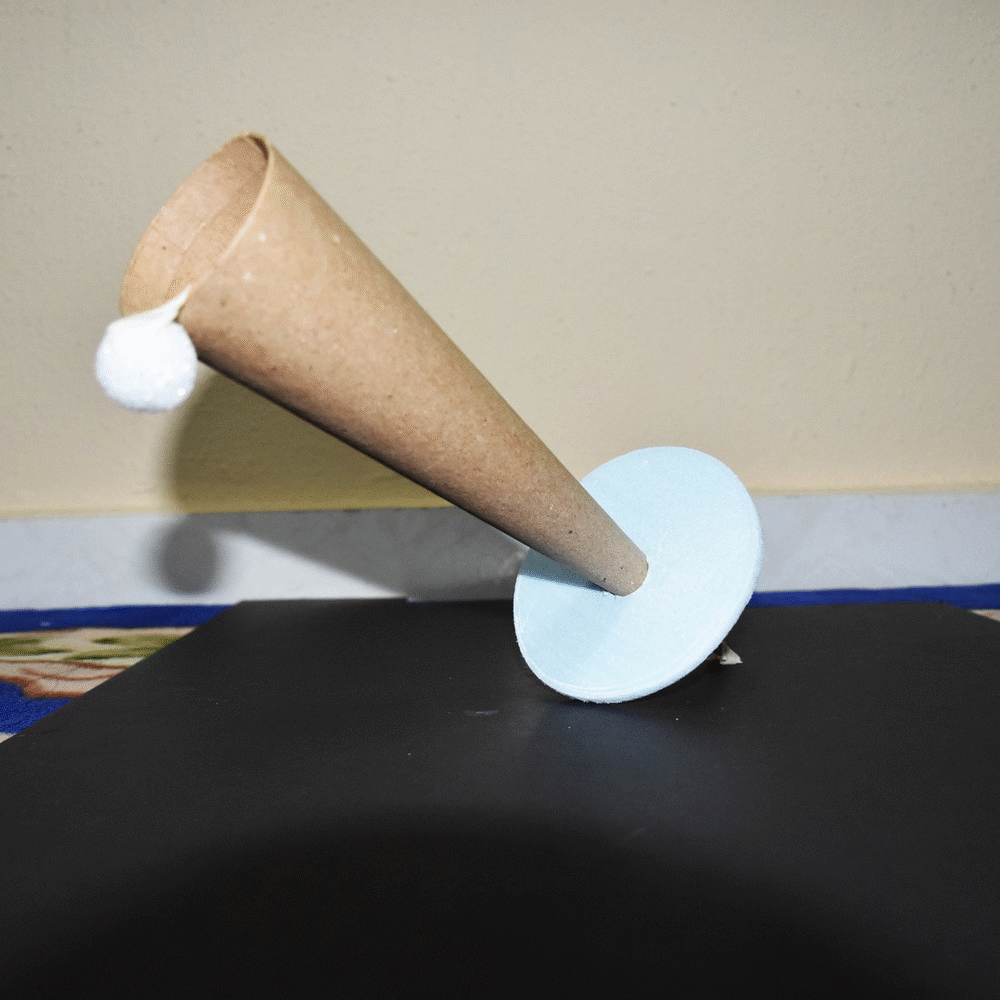IKEBANA
-intro to Japanese art of flower arrangement
Arrange the stems and flowers with many possibilities of positions and fastening. It requires a certain technical and expressive skills which takes about 3-5 years to master.

http://www.claylab.it/uploads/5/3/8/1/5381785/2563846.jpg
Various patterns and styles evolved throughout the years. There are many types of ikebana. The first one is Heika. A basic style of arrangement, uses tall vase and highlight vertical lines. The vase is usually had a narrow opening or tall. Heika arrangements consist of three main elements–the primary, secondary, and ornamental stems; their lengths, positions, and angles differ depending on the type of heika style used. In the slanting style, one of the most popular heika arrangements, the length of the primary stem is one and a half times the height of the vase, and the secondary and ornamental stems are around half the length of the primary branch. (http://web-japan.org/kidsweb/virtual/ikebana/ikebana02.html)

http://www.ohararyu.or.jp/english/image/photo/cl_heika_1.jpg
Another type will be Moribana which uses a shallow plate and kenzan.(a holder with many sharp points)The upright style is the most common; it exudes a feeling of stability and gravity. In this style, the primary stem is about as long as the diameter and depth of the container combined, with the secondary stem being around two-thirds and and the ornamental stem about half the length of the primary branch. (http://web-japan.org/kidsweb/virtual/ikebana/ikebana02.html)

http://www.ikebana-de.com/pics2011/IC-Theresa1-040611.jpg

http://www.geo.de/reisen/community/bild/regular/447538/Ikebana-1.jpg
Here’s a overall mindmap for my season theme: Autumn







Recent Comments